Introduction
Starting a business involves more than just having a great idea. It requires a comprehensive understanding of the market, a solid business plan, a dedicated team, and effective strategies for product development, marketing, and scaling. This guide will provide you with a roadmap to navigate the complexities of building a startup, ensuring you lay a strong foundation for your business.
1. Ideation and Market Research
The first step in building a startup is to identify a unique idea or solve a significant problem. Conducting thorough market research is crucial to validate your startup idea and understand the market landscape. This step is the foundation of your startup journey, setting the stage for all subsequent actions and decisions.
Identifying a Unique Idea
Creative Problem Solving
Your startup idea should address a gap in the market or offer a unique solution to an existing problem. This requires creativity, critical thinking, and a deep understanding of industry trends. Techniques such as brainstorming, mind mapping, and the SCAMPER method (Substitute, Combine, Adapt, Modify, Put to another use, Eliminate, Reverse) can help generate innovative ideas.
Leveraging Personal Experience
Many successful startups stem from the founders’ personal experiences and frustrations. Reflect on your own experiences and consider problems you’ve faced that lack adequate solutions. This personal connection to the problem can provide a strong motivational foundation for your startup.
Trend Analysis
Stay informed about emerging trends and technological advancements. Platforms like TrendWatching, Google Trends, and industry-specific reports can provide insights into where the market is heading. Understanding these trends can help you anticipate future needs and develop a forward-thinking business idea.
Conducting Market Research
Market research helps you gather information about your target audience, competitors, and industry trends. It provides a solid foundation for your business plan and helps validate your startup idea.
Analyzing Industry Trends
Understanding the current trends and future projections in your industry is vital. This includes market size, growth rates, and technological advancements. Utilize resources like market research reports from IBISWorld, and industry publications to gather comprehensive data.
Understanding Target Audience
Identify your potential customers, their needs, and preferences. Creating detailed buyer personas can help you understand your target audience’s demographics, behaviors, and pain points. Use surveys, focus groups, and social media listening tools to gather insights directly from your potential customers. Tools like SurveyMonkey, Typeform, and Google Forms can be instrumental in this process.
Competitor Analysis
Study your competitors’ strengths and weaknesses to identify opportunities for differentiation. Conduct a SWOT analysis (Strengths, Weaknesses, Opportunities, Threats) for each major competitor. Use tools like SEMrush, Ahrefs, and SimilarWeb to analyze their marketing strategies, website traffic, and online presence. Understanding your competitors’ offerings and customer feedback can help you refine your value proposition and identify unique selling points.
Validating the Idea
Validation involves gathering feedback from potential customers to ensure there is a demand for your product or service. This step helps you avoid investing time and resources into a concept that may not resonate with the market.
Prototyping and Testing
Develop prototypes or mockups of your product to present to potential users. This doesn’t need to be a fully developed product; even simple wireframes or sketches can be effective in conveying your idea. Tools like Figma or Sketch can help create these prototypes.
Surveys and Focus Groups
Conduct surveys and focus groups to gather feedback on your idea. Ask potential customers about their pain points, preferences, and willingness to pay for your solution. Ensure your questions are open-ended to gather detailed insights. Platforms like UserTesting or Lookback can facilitate these user testing sessions and provide valuable feedback.
Pilot Programs and Beta Testing
If possible, launch a small-scale pilot program or beta test. This allows you to test your product in a real-world setting and gather actionable feedback. Early adopters can provide insights into functionality, usability, and overall satisfaction. Use this feedback to make necessary adjustments before a full-scale launch.
Analyzing Feedback and Iterating
Use the feedback collected to refine your product or service. Prioritize changes that address the most significant pain points and improve the overall user experience. This iterative process ensures that your final product is well-received by your target audience.
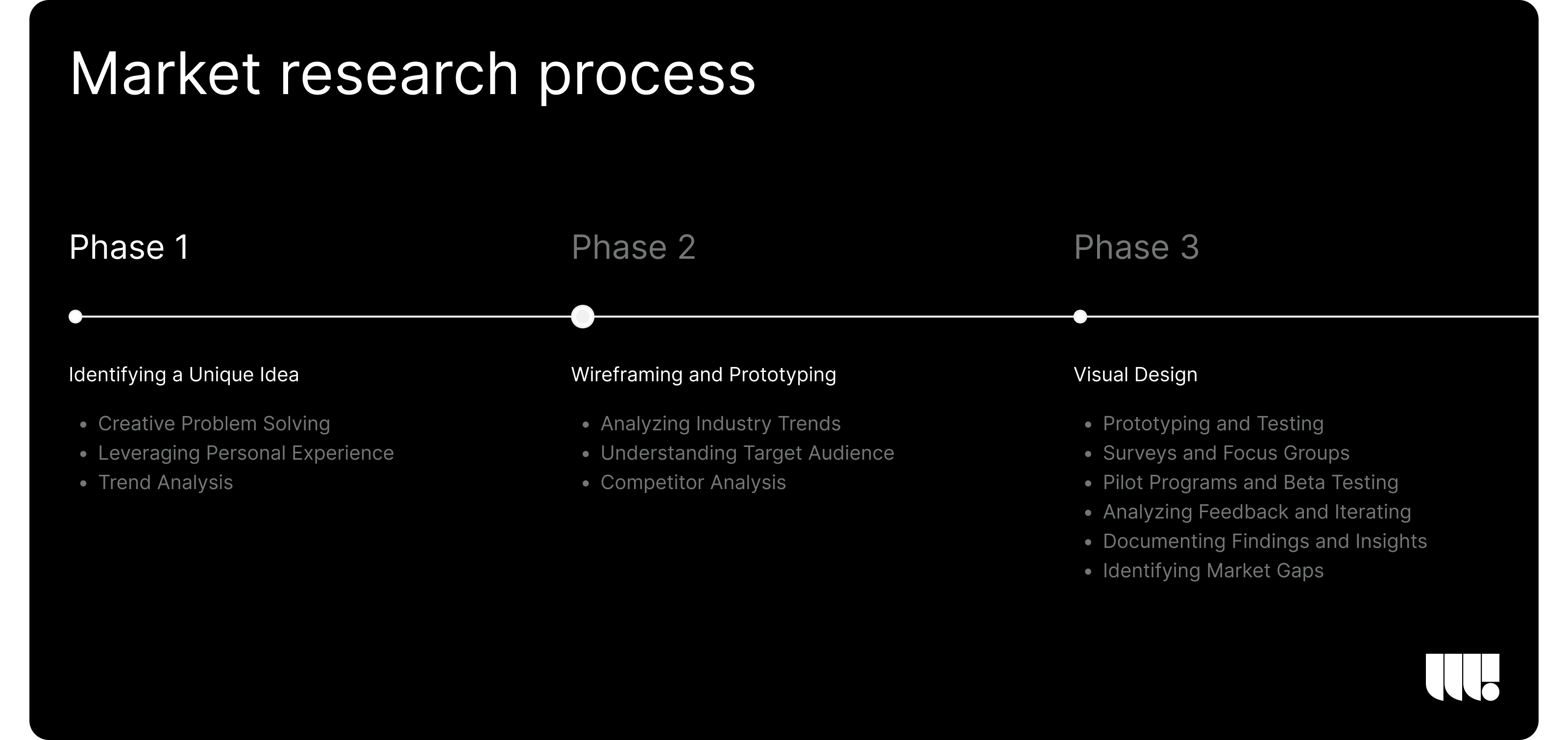
Documenting Findings and Insights
Maintain detailed records of your research findings and insights. This documentation will be valuable as you develop your business plan and pitch to potential investors. It demonstrates your thorough understanding of the market and the rationale behind your business decisions.
Identifying Market Gaps
Through your research, identify gaps in the market that your product or service can fill. This could be unmet needs, underserved segments, or opportunities for innovation. Clearly defining these gaps will help you position your startup effectively and communicate its value to stakeholders.
2. Business Plan Development
Creating a Business Plan
Your business plan should include the following sections:
- Executive Summary: A brief overview of your business, mission, and vision.
- Business Model: Detailed explanation of how your business will make money.
- Market Analysis: Insights into your target market and competitive landscape.
- Marketing and Sales Strategies: Plans for attracting and retaining customers.
- Financial Projections: Detailed financial forecasts, including revenue, expenses, and profitability.
Importance of a Business Plan
A solid business plan is essential for securing funding from investors and guiding your startup’s growth. It demonstrates your understanding of the market and your strategic approach to achieving business objectives.
3. Building a Team
Identifying Key Roles
Determine the critical roles needed for your startup, such as developers, marketers, and salespeople. Each role should align with your business goals and operational needs.
Recruiting Talented Team Members
Attracting top talent requires a compelling vision and a positive work culture. Consider offering competitive salaries, equity, and opportunities for growth to attract skilled professionals.
Importance of a Diverse and Skilled Team
A diverse team brings different perspectives and skills, fostering innovation and creativity. Ensuring a mix of expertise and backgrounds can significantly enhance your startup’s potential for success.
4. Digital Product Development
Product development is a crucial phase in building a startup, as it transforms your idea into a tangible product that meets market needs. This stage involves several key steps: creating a Minimum Viable Product (MVP), iterative development based on feedback, and ensuring excellent user experience (UX) design. Each of these components plays a vital role in the successful development of your product.
Creating a Minimum Viable Product
The concept of an MVP is fundamental in startup methodology. An MVP is the simplest version of your product that can be released to early customers to validate the core functionality. It includes only the essential features necessary to solve the primary problem your product aims to address. The goal is to launch quickly and gather feedback to refine the product.
- Identifying Core Features: Determine the minimum set of features that your product needs to function effectively. Focus on solving the main problem without adding unnecessary complexities. This involves critical thinking and prioritization, ensuring that the MVP addresses the most pressing needs of your target audience.
- Rapid Development: Use agile methodologies to develop the MVP quickly. Agile development emphasizes iterative progress, flexibility, and collaboration. This approach allows for flexibility and quick adjustments based on initial feedback. Tools like Jira or Trello can help manage this process efficiently.
- Early Testing: Release the MVP to a select group of early adopters who can provide valuable insights. Their feedback is crucial in identifying areas for improvement and validating the product’s market fit. Platforms like BetaList or Product Hunt can be useful for finding early adopters and gaining initial traction.
Creating an MVP helps in minimizing risks and costs associated with product development. It enables startups to test their hypotheses in the real world and make data-driven decisions for future iterations.
Iterative Development and Feedback Loops
Once the MVP is released, the next step is to iterate based on user feedback. Iterative development is an ongoing process of refining the product by incorporating user feedback and making necessary improvements. This approach ensures that the product evolves to better meet the needs and expectations of its users.
The iterative development process involves:
- Collecting Feedback: Gather feedback from users through surveys, interviews, and usage analytics. Understanding how users interact with your product provides insights into what works well and what needs improvement. Tools like Hotjar and Google Analytics can provide valuable data on user behavior and feedback.
- Prioritizing Enhancements: Use the feedback to prioritize the most critical features and improvements. Focus on changes that will have the highest impact on user satisfaction and product performance. Techniques like MoSCoW (Must have, Should have, Could have, Won’t have) can help in prioritizing features.
- Implementing Changes: Develop and deploy updates in small, manageable increments. This allows you to address issues quickly and continuously improve the product. Continuous integration and continuous deployment (CI/CD) tools like Jenkins or GitLab can streamline this process.
Regularly updating the product based on user feedback not only enhances its functionality but also demonstrates your commitment to meeting user needs. It fosters a sense of collaboration between the startup and its users, leading to higher customer satisfaction and loyalty.
Importance of User Experience Design
User experience design is a critical aspect of product development that directly impacts how users perceive and interact with your product. Good UX design ensures that your product is intuitive, efficient, and enjoyable to use. It can significantly influence customer satisfaction, retention, and overall success of your startup.
Key principles of UX design include:
- User-Centered Design: Focus on the needs, preferences, and behaviors of your users. Design the product with the end user in mind, ensuring that it is accessible and easy to navigate. This involves creating user personas, conducting user research, and empathizing with users’ pain points.
- Consistency: Maintain a consistent design language across all touchpoints. This includes using a cohesive color scheme, typography, and interface elements. Consistency helps users learn and use the product more efficiently. For example, maintaining the same navigation structure across all pages ensures that users can predict how to move around the site or app.
- Simplicity: Aim for simplicity in design by removing unnecessary elements and features. A clean and straightforward interface reduces cognitive load and enhances user satisfaction. Simplicity also involves clear and concise content, avoiding technical jargon, and providing easy-to-understand instructions.
- Feedback: Provide clear feedback to users’ actions. Whether it’s a button click or form submission, users should always know the result of their interactions. This helps in building trust and improving the overall experience. Visual feedback, such as loading animations or confirmation messages, reassures users that their actions have been recognized.
Steps to achieve a great UX include:
- Conduct Usability Testing: Throughout the development process, conduct usability testing to observe real users as they interact with your product. Identify any pain points or areas for improvement.
- Iterate on Design: Based on usability testing results, iterate on the design to enhance usability and address identified issues. This iterative process ensures that the final product is user-friendly and effective.
- Collaborate Across Teams: Ensure that designers, developers, and product managers work closely together to integrate UX considerations into every aspect of the product. Regular communication and collaboration are key to aligning on the product vision and user experience goals.
Integrating Technology and Design
Integrating technology and design is crucial for creating innovative and competitive digital products. This involves leveraging the latest technologies to enhance functionality while maintaining a strong focus on design principles.
Steps to integrate technology and design:
- Collaboration: Foster collaboration between designers and developers from the outset. This ensures that both technology and design considerations are addressed simultaneously.
- Prototyping: Use prototyping tools to create interactive mockups of the product. Prototypes help in visualizing the design and functionality, making it easier to identify potential issues before development begins. Tools like Figma, Sketch, or Adobe XD are excellent for creating interactive prototypes.
- Performance Optimization: Ensure that the product performs well across different devices and platforms. Optimizing for speed, responsiveness, and accessibility is key to providing a seamless user experience. Performance testing tools like Lighthouse and WebPageTest can help identify areas for improvement.
Continuous Improvement and Innovation
Digital product development is an ongoing process that doesn’t end with the initial launch. Continuous improvement and innovation are essential to staying competitive and meeting evolving market demands.
Strategies for continuous improvement include:
- Staying Updated: Keep abreast of industry trends, emerging technologies, and user feedback. This helps in identifying new opportunities and areas for enhancement.
- Experimentation: Encourage experimentation and creativity within the development team. Experimenting with new features, design elements, and technologies can lead to innovative solutions.
- Metrics and Analysis: Regularly track key performance metrics such as user engagement, and conversion rates. Analyzing these metrics provides insights into the product’s performance and areas for improvement.
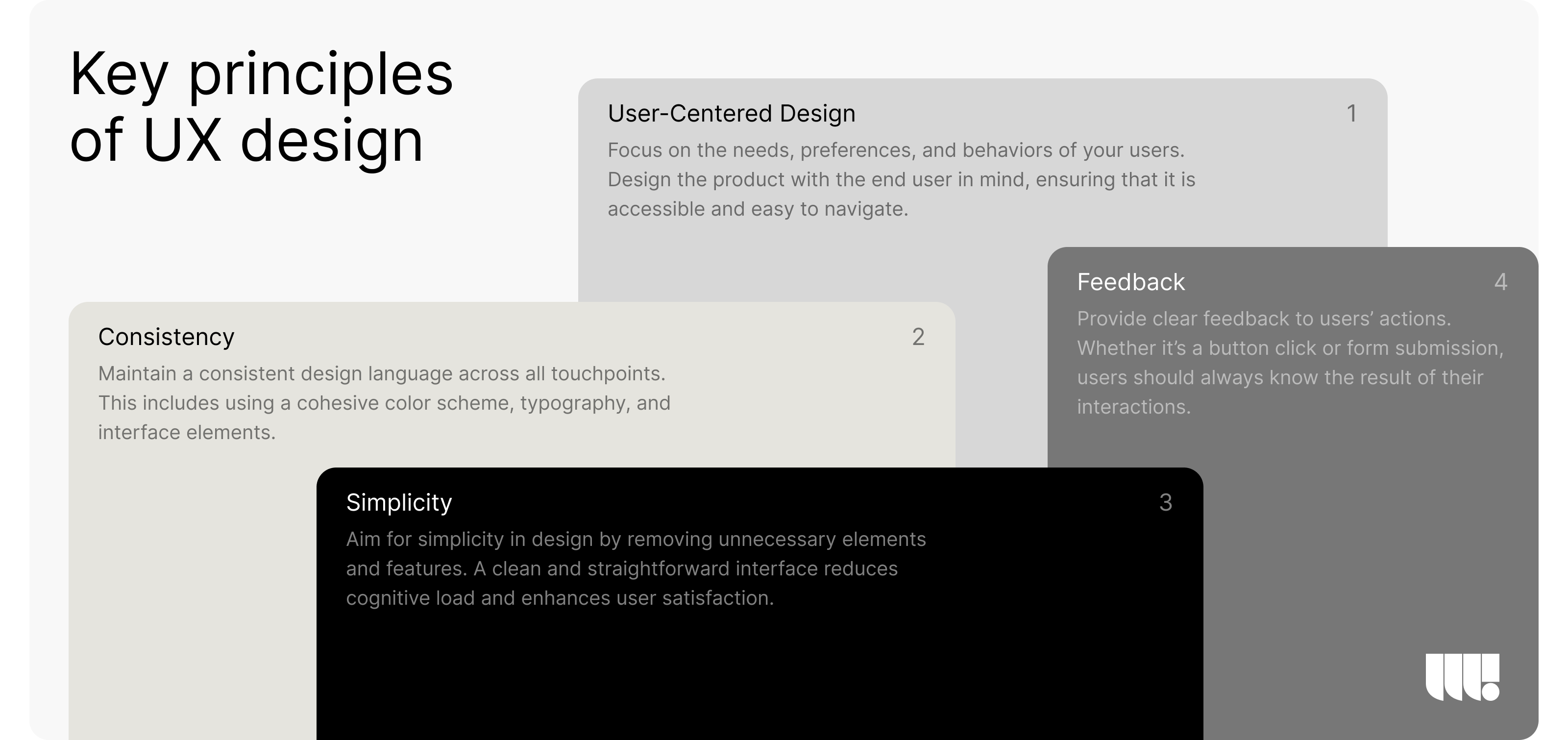
5. Securing Funding
Overview of Funding Options
There are various funding options available for startups, including:
- Bootstrapping: Using personal savings or revenue from the business.
- Angel Investors: Individuals who provide capital in exchange for equity.
- Venture Capital: Firms that invest in high-growth startups in exchange for equity.
Preparing a Compelling Pitch Deck
A pitch deck is a presentation that outlines your business plan, market opportunity, and financial projections. It should be clear, concise, and persuasive to attract potential investors.
Approaching Potential Investors
Networking and building relationships with potential investors can increase your chances of securing funding. Attend industry events, pitch competitions, and leverage your professional network.
6. Marketing and Launch Strategy
Creating a Go-to-Market Strategy
Your go-to-market strategy should include:
- Brand Identity and Messaging: Establish a strong brand identity and consistent messaging that resonates with your target audience.
- Digital Marketing Tactics: Utilize SEO, content marketing, social media, and email marketing to reach and engage potential customers.
Planning and Executing the Launch
Plan your product launch, considering timing, target audience, and promotional activities. A successful launch can generate buzz and attract early adopters.
Post-Launch Strategies for Customer Acquisition and Retention
Continue to engage with your customers post-launch through effective customer service, loyalty programs, and regular updates. Focus on building long-term relationships and encouraging repeat business.
7. Scaling Your Business or Startup
Strategies for Scaling Operations
Implement scalable systems and processes that can grow with your business. This includes upgrading technology, expanding your team, and optimizing supply chains.
Importance of Data and Analytics in Decision-Making
Leverage data and analytics to make informed decisions. Track key performance indicators (KPIs) and use insights to drive growth strategies.
Managing Growth and Maintaining Company Culture
As your startup grows, maintaining a strong company culture becomes challenging but essential. Foster open communication, recognize achievements, and ensure alignment with your core values.
8. Legal and Compliance Considerations
Importance of Legal Structure and Compliance
Choose the appropriate legal structure for your business (e.g., LLC, corporation) and ensure compliance with all relevant laws and regulations.
Intellectual Property Protection
Protect your intellectual property through trademarks, patents, and copyrights to safeguard your unique ideas and innovations.
Understanding Industry-Specific Regulations
Stay informed about industry-specific regulations that may impact your startup. This includes data privacy laws, employment regulations, and environmental standards.
9. Establishing a Strong Online Presence
Build a Professional Website
Create a professional landing page that showcases your product or service, provides information about your startup, and offers a way for customers to contact you. Use low-code platforms like Framer or Webflow to quickly deploy the site.
Utilize Social Media
Leverage social media platforms to build your brand, engage with your audience, and drive traffic to your website. Develop a social media strategy that aligns with your business goals.
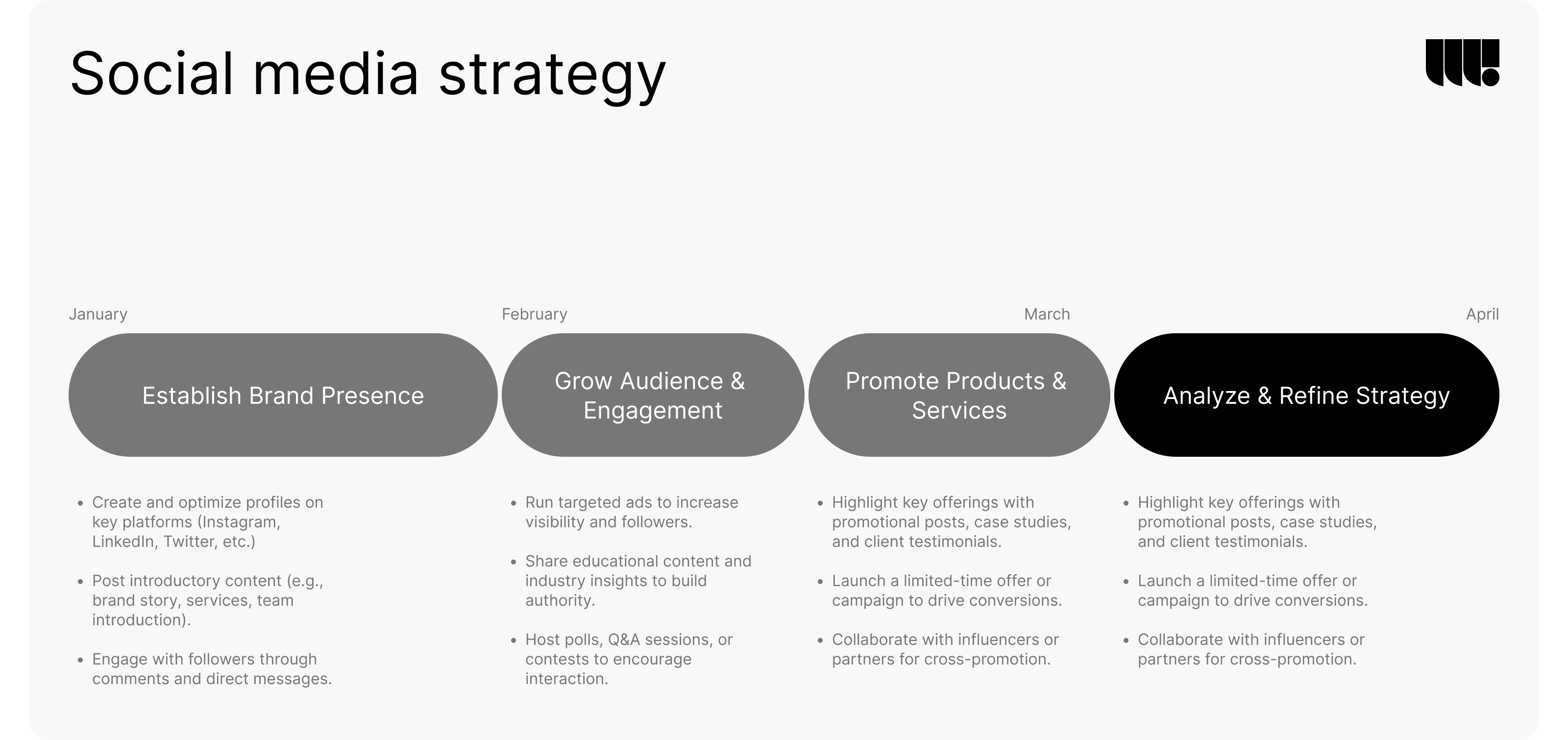
10. Focusing on Customer Service
Provide Exceptional Support
Deliver exceptional customer service to build trust and loyalty. Use customer service software like Zendesk or Freshdesk to manage inquiries and support tickets.
Gather Customer Feedback
Regularly collect and analyze customer feedback to identify areas for improvement and enhance your product or service.
11. Monitoring Your Financial Health
Track Key Financial Metrics
Monitor key financial metrics such as cash flow, revenue, expenses, and profit margins. Use accounting software like QuickBooks or Xero to keep your finances organized.
Plan for Financial Stability
Create a financial plan that includes budgeting, forecasting, and managing financial risks. Ensure you have sufficient capital to support your startup’s growth.
12. Continuously Improving and Innovating your Product
Foster a Culture of Innovation
Encourage your team to think creatively and continuously seek improvements. Create an environment where new ideas are welcomed and tested.
Stay Ahead of Industry Trends
Keep up with industry trends and emerging technologies. Attend conferences, read industry publications, and network with thought leaders to stay informed.
13. Building Strong Partnerships
Collaborate with Other Businesses
Form partnerships with other businesses that complement your offerings. This can help you reach new audiences and add value to your product or service.
Join Industry Networks
Join industry associations and networks to connect with potential partners, customers, and mentors. These networks can provide valuable resources and support.

14. Securing and Managing Resources
Effective Resource Allocation
Identify and allocate the resources needed for your startup, including human resources, financial capital, and physical assets. Ensure that resources are used efficiently to maximize productivity and minimize waste.
Leveraging Technology
Adopt the latest technologies to streamline operations and enhance efficiency. This includes project management tools, CRM systems, and automation software.
15. Planning your Exit Strategy
Define Your Exit Strategy
Plan your exit strategy early in the startup journey. This could involve selling the business, merging with another company, or going public. Define the criteria and timeline for your exit.
Prepare for Acquisition or IPO
If your goal is to be acquired or go public, ensure your financials are in order, and your business operations are scalable. Engage with advisors and consultants to navigate the complexities of an acquisition or IPO.
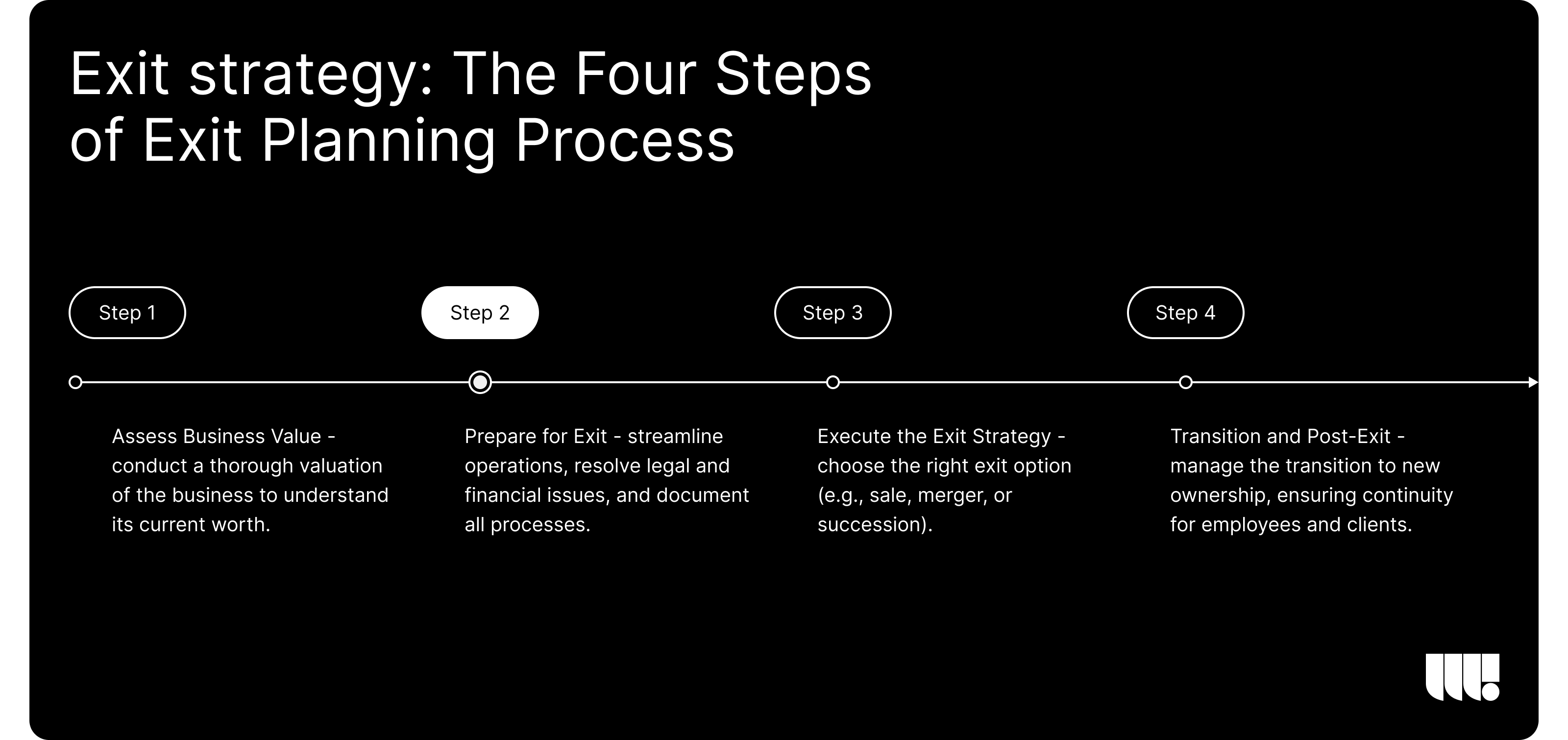
16. Leveraging Data and Analytics
Importance of Data-Driven Decision Making
Utilize data analytics to drive business decisions and strategies. This includes tracking customer behavior, market trends, and operational performance. Tools like Google Analytics can provide valuable insights.
Implementing Data Analytics Tools
Integrate data analytics tools into your business processes to collect and analyze data efficiently. Ensure your team is trained to interpret and utilize these insights to make informed decisions.
Measuring Key Performance Indicators
Identify and track key performance indicators relevant to your business goals. This could include metrics such as customer acquisition cost (CAC), lifetime value (LTV), and churn rate. Regularly review these KPIs to monitor your startup’s performance.
17. Building a Brand Community
Engaging with Your Audience
Foster a sense of community among your customers and followers. Engage with them through social media, forums, and events. Encourage user-generated content and discussions to build loyalty and advocacy.
Creating Valuable Content
Develop content that provides value to your audience. This could include blog posts, videos, webinars, and podcasts. Focus on educating, entertaining, and addressing the pain points of your target audience.
Hosting Events and Webinars
Organize events, webinars, and meetups to connect with your community. These interactions provide opportunities to gather feedback, share knowledge, and strengthen relationships with your audience.

18. Further Enhancing Customer Experience
Personalizing Customer Interactions
Leverage data and technology to personalize customer interactions. This includes tailored recommendations, personalized emails, and targeted marketing campaigns. Personalization enhances customer satisfaction and loyalty.
Implementing Customer Feedback Loops
Establish feedback loops to continuously gather and act on customer feedback. Use surveys, reviews, and direct interactions to understand customer needs and preferences. Regularly update your product or service based on this feedback.
Optimizing Customer Journeys
Map out and optimize the customer journey from awareness to post-purchase. Identify touchpoints and opportunities to improve the customer experience at each stage. Tools like customer journey mapping software can help visualize and enhance these processes.
19. Managing Risks and Challenges
Identifying Potential Risks
Conduct a thorough risk assessment to identify potential risks and challenges your startup may face. This includes market risks, financial risks, operational risks, and legal risks.
Developing a Risk Management Plan
Create a risk management plan that outlines strategies to mitigate identified risks. This could involve diversifying revenue streams, securing insurance, and establishing contingency plans.
Building Resilience and Agility
Foster a culture of resilience and agility within your startup. Encourage flexibility and adaptability to quickly respond to changes and challenges. This includes regularly reviewing and updating your risk management strategies.
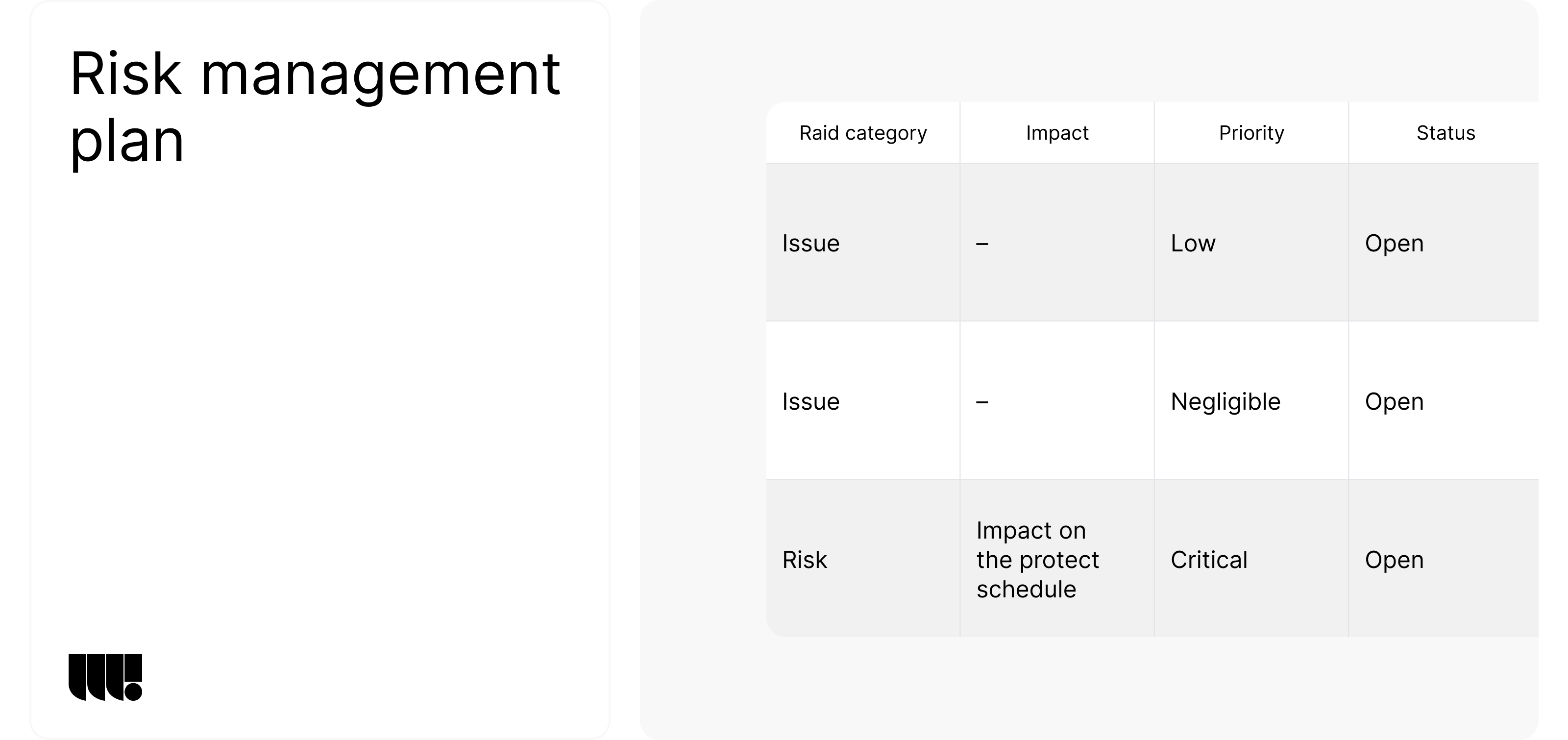
20. Leveraging Mentorship and Support Networks
Finding Mentors and Advisors
Seek out mentors and advisors who can provide guidance and support throughout your startup journey. Look for individuals with relevant industry experience and a track record of success. Mentors can offer valuable insights, help you navigate challenges, and provide strategic advice that can be pivotal for your startup’s growth.
Joining Startup Incubators and Accelerators
Startup incubators and accelerators can be incredibly beneficial for early-stage companies. These programs provide a range of support services, including mentorship, funding, office space, and access to a network of industry professionals. Participating in an accelerator can accelerate your startup’s growth by providing the resources and connections needed to scale your business.
Some of the key benefits of joining a startup accelerator include:
- Mentorship: Access to experienced entrepreneurs and industry experts who can provide guidance and support.
- Funding: Many accelerators offer seed funding or access to venture capital.
- Networking: Opportunities to connect with other startups, investors, and business leaders.
- Workshops and Training: Educational programs and workshops on various aspects of running a startup, from product development to marketing and fundraising.
- Office Space: Some accelerators provide co-working spaces, which can foster collaboration and innovation.
Networking and Building Relationships
Actively network and build relationships with other entrepreneurs, industry professionals, and potential partners. Attend industry events, join online communities, and participate in networking activities to expand your support network. Building strong relationships can open doors to new opportunities, partnerships, and collaborations that can help your startup thrive.
Startup Accelerators and Innovation Hubs in Canada
Canada is home to numerous startup accelerators and innovation hubs that provide valuable support to early-stage companies. Here are a few notable ones:
- Creative Destruction Lab (CDL) – With locations across Canada, CDL provides a unique program focused on scaling technology-based startups. They offer mentorship from experienced entrepreneurs, scientists, and investors, along with a structured process to help startups achieve rapid growth.
- MaRS Discovery District – Based in Toronto, MaRS is one of the world’s largest urban innovation hubs. It offers a range of services including advisory support, access to capital, and connections to a vast network of entrepreneurs, researchers, and investors.
- Cycle Momentum – Based in Montreal, Cycle Momentum is an international platform dedicated to accelerating climate technology startups. They offer mentorship, resources, and programs that support companies at various stages, from early ideation to growth, with a focus on driving innovation for the energy transition and sustainability sectors.
- Ryerson DMZ – The DMZ at Ryerson University in Toronto is a leading business incubator for tech startups. They provide access to mentors, investors, and industry connections, helping startups grow and scale their businesses.
- NEXT Canada – NEXT Canada offers programs designed to accelerate the growth of high-potential startups through education, mentorship, and access to funding. Their programs cater to entrepreneurs at different stages, from ideation to scaling.
By leveraging mentorship and support networks, and participating in startup accelerators, you can significantly enhance your startup’s chances of success. These resources provide the guidance, funding, and connections needed to navigate the challenges of building and scaling a startup.

Conclusion
Building a successful startup involves a combination of strategic planning, effective execution, and continuous learning. By following these essential steps, you can lay a strong foundation for your business and navigate the challenges of the startup journey.












